The Biggest Freshwater Fish on Every Continent, Ranked
The world has seven continents, but do you know the largest freshwater fish in each? These creatures show the incredible diversity of Earth’s inland waters. Let’s get amazed as we look at these freshwater titans and reveal fascinating facts and surprising statistics about these remarkable creatures.
Asia: Giant Freshwater Stingray
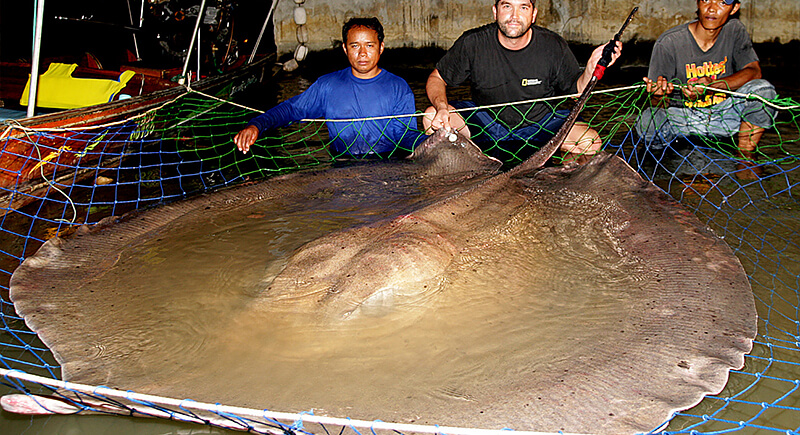
Credit: imgur
Giant freshwater stingrays are among the most enormous creatures found in freshwater. They can grow to an incredible 13 feet and weigh up to 661 pounds. This bottom-dweller spends most of its time hidden in the mud. Even with its massive size, it remains elusive, thus remaining a mysterious giant of the deep.
Asia: Mekong Giant Catfish
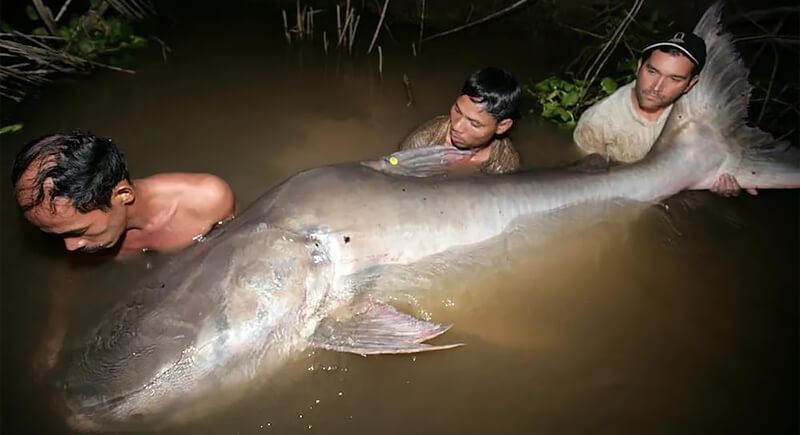
Credit: Reddit
Few freshwater fish can match the size of the Mekong giant catfish, which can exceed 10 feet and weigh over 660 pounds. Native to the Mekong River, this gentle giant feeds on plankton rather than hunting prey. Habitat destruction and overfishing have drastically reduced its population, and it is now among the world’s most critically endangered freshwater species.
South America: Arapaima
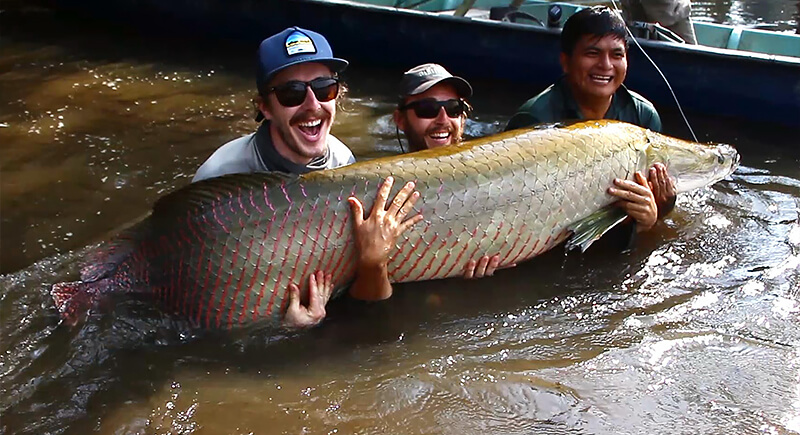
Credit: Reddit
The Amazonian Arapaima has a body covered in armor-like scales and can breathe air. It reaches over 10 feet and weighs more than 440 pounds. The fish surfaces to gulp oxygen, which allows it to survive in waters where others would struggle. Its highly prized value by local fishers has led to heavy exploitation, but conservation efforts are helping protect its future.
South America: Giant Catfish (Piraíba)
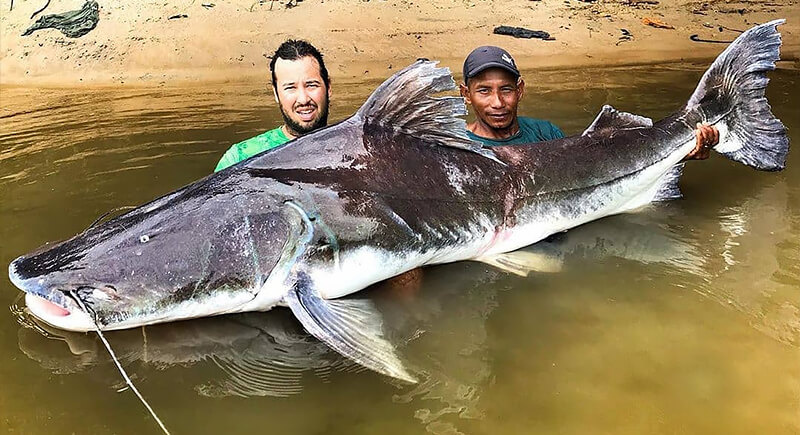
Credit: Facebook
Giant catfish grow jaw-dropping proportions, with some individuals exceeding 10 feet and weighing hundreds of pounds. Unlike its plankton-feeding cousin in Asia, this predator swallows smaller fish whole and has even been found with monkeys and birds in its stomach. Fishermen respect its strength, and reeling one in is a serious challenge.
North America: Alligator Gar

Credit: Reddit
As an ancient predator with a long, armored body and double rows of sharp teeth, this fish can grow over 9.8 feet and weigh more than 330 pounds. Alligator gar thrives in slow-moving rivers and lakes across the southern United States, where they use stealth and patience to ambush prey. It poses no threat to humans, its fearsome appearance notwithstanding.
North America: White Sturgeon
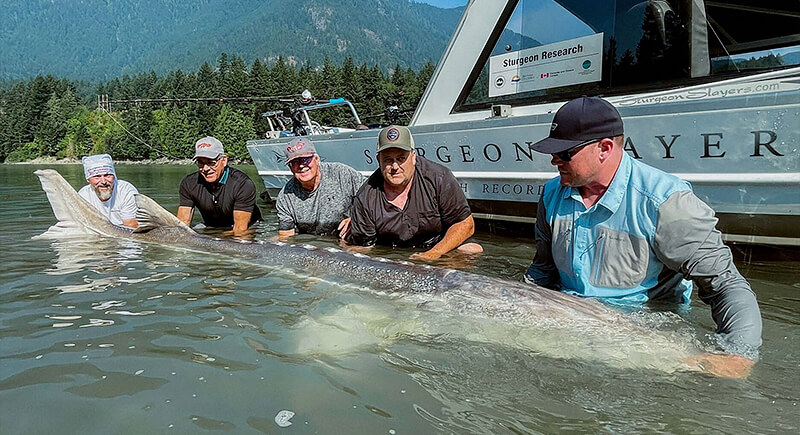
Credit: Reddit
This prehistoric fish is a true freshwater behemoth that’s been known to surpass 19 feet in historical records, although modern specimens are usually 9 to 13 feet long and weigh over 882 pounds. It’s found in North America’s rivers and coastal waters and has survived for millions of years. It now faces pressure from habitat destruction and human activity.
Africa: Nile Perch
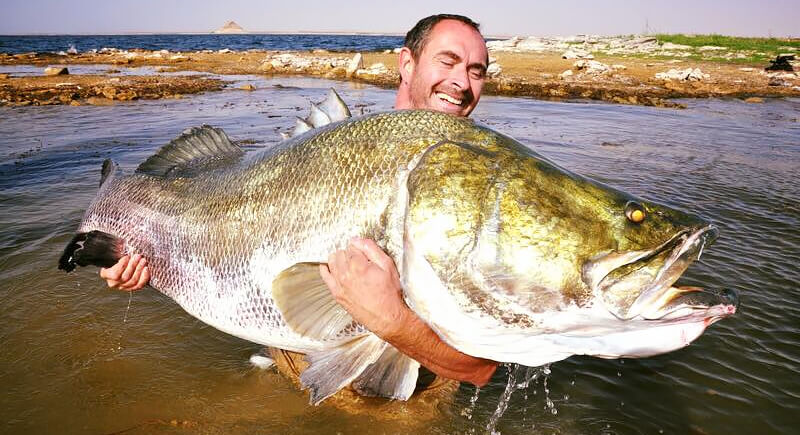
Credit: Facebook
Nile perch dominates African freshwater ecosystems with its voracious appetite. It’s capable of reaching 6.6 feet and weighing over 440 pounds. This fish has helped drive the fishing industry in places like Lake Victoria. Its introduction there led to the decline of native species. Plus, it’s highly valued for its meat, so it remains a staple in markets across the continent.
Africa: Goliath Tigerfish
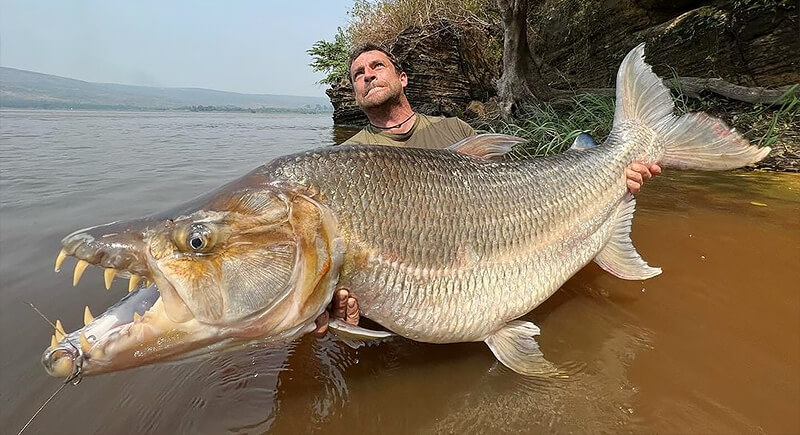
Credit: Facebook
With sharp teeth rivaling piranhas and an aggressive hunting style, goliath tigerfish can grow up to 6 feet and weigh 110 pounds. It’s known for striking with incredible speed, sometimes leaping from the water to snatch prey. Anglers consider it one of the hardest fish to catch due to its raw power and relentless fighting spirit.
Europe: Wels Catfish
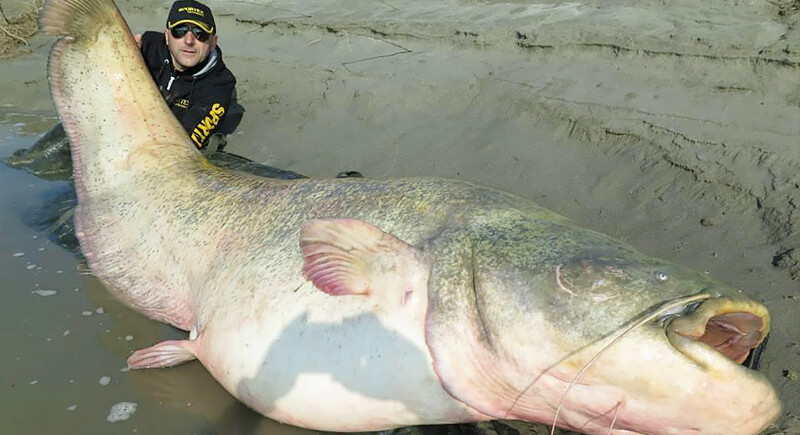
Credit: Reddit
Talk about a catfish that reaches over 8 feet, weighs more than 220 pounds, and lurks in the deep waters of European rivers and lakes. Wels catfish have an enormous mouth capable of swallowing ducks, and some have even been seen beaching themselves to grab prey. There is also an eerie legend of oversized specimens pulling swimmers underwater.
Europe: Beluga Sturgeon
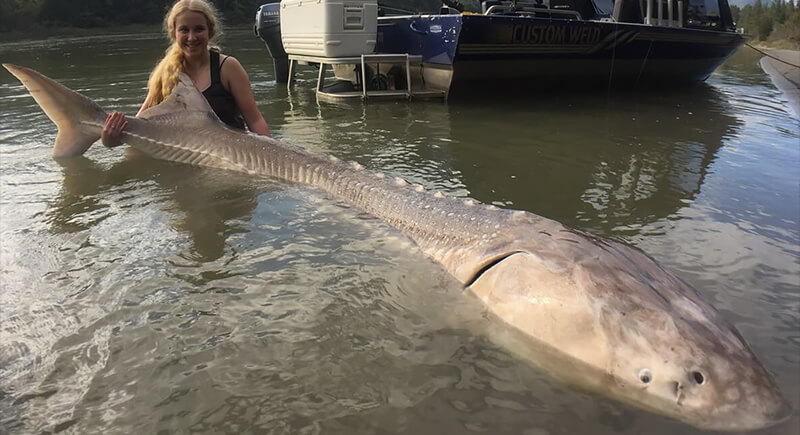
Credit: Facebook
Beluga sturgeon is historically the largest freshwater fish on Earth. This sturgeon once grew over 23 feet and weighed thousands of pounds, though modern populations rarely reach that size. The Caspian and Black Seas native is highly sought after for its caviar, which has pushed it to the brink of extinction. Conservation efforts are struggling to restore its dwindling numbers.
Oceania: Murray Cod

Credit: Instagram
As Australia’s largest freshwater fish, Murray cod can grow up to 5.9 feet and weigh over 220 pounds. Its distinctive greenish body and strong territorial instincts make it a fierce predator in rivers and lakes. Once overfished to near collapse, it has made a comeback thanks to strict conservation laws and breeding programs.
Oceania: Queensland Groper
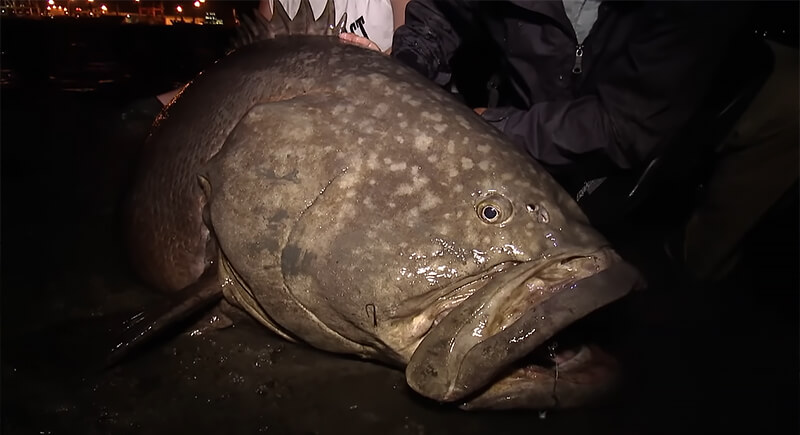
Credit: Youtube
This giant can exceed 8 feet and weigh more than 249 pounds, often straddling the line between freshwater and saltwater. It’s known for its curiosity, sometimes approaching divers without fear. Queensland gropers mostly inhabit estuaries, with juveniles often found in freshwater rivers. This makes it one of Oceania’s largest fish to swim both worlds.
Antarctica: No Freshwater Fish
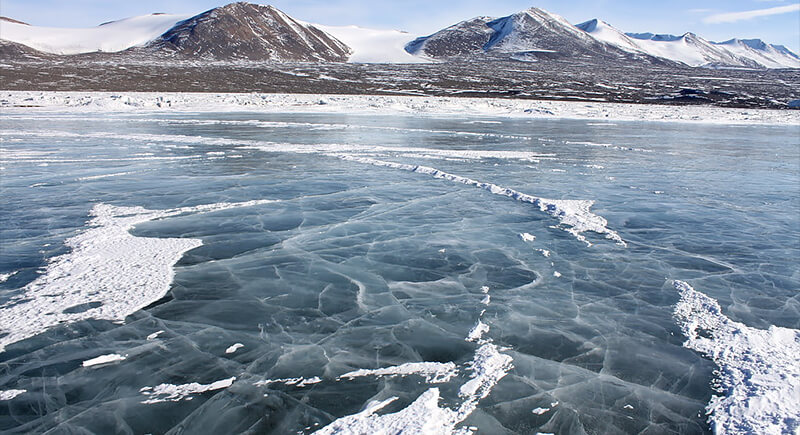
Credit: flickr
No freshwater fish can survive in Antarctica, where temperatures are so low that lakes remain frozen year-round. The continent’s extreme conditions prevent the development of ecosystems that support freshwater species. Marine life thrives in the surrounding Southern Ocean, but no rivers or lakes are home to fish.
South America: Payara (Vampire Fish)
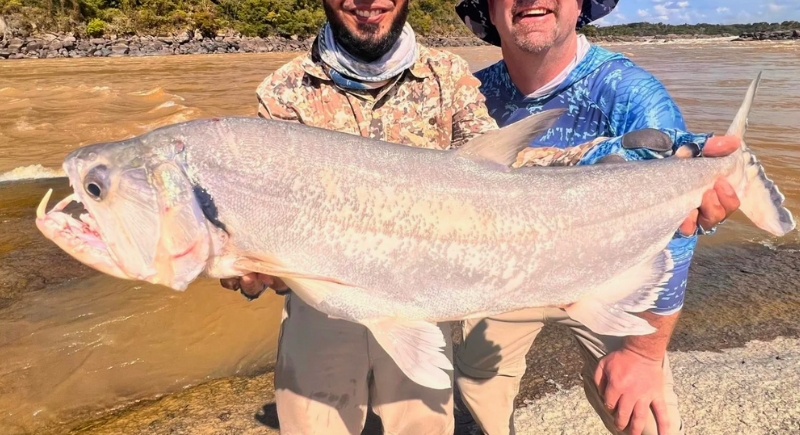
Credit: Facebook
The Payara is also known as the Vampire Fish because of its two prominent fangs, which can be up to six inches long. This predator is native to the Amazon Basin in South America, typically measuring between 1.5 and 3.8 feet and weighing five to 39 pounds. The species is known to be aggressive, elusive, and prefers turbulent waters.
North America: Blue Catfish
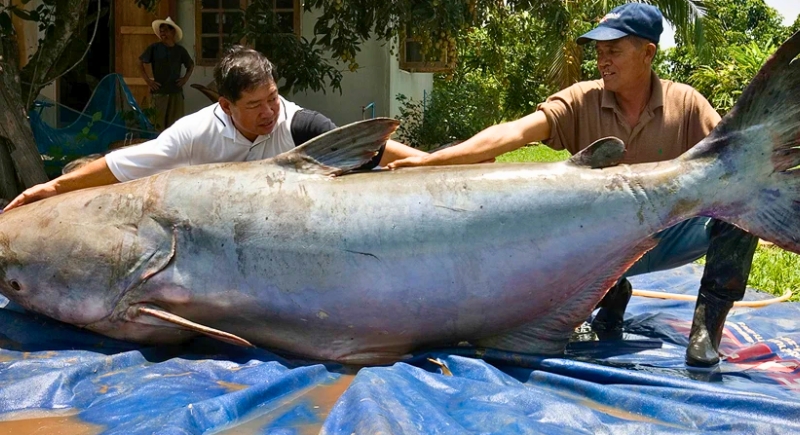
Credit: Reddit
The blue catfish is North America’s largest freshwater catfish, reaching lengths up to 65 inches and weights up to 143 pounds. It is a popular target for anglers. Native to the Mississippi, Missouri, Ohio, and Rio Grande river basins, it thrives in deep channels with swift currents and sandy bottoms. Its robust build and deeply forked tail distinguish it from other catfish species.